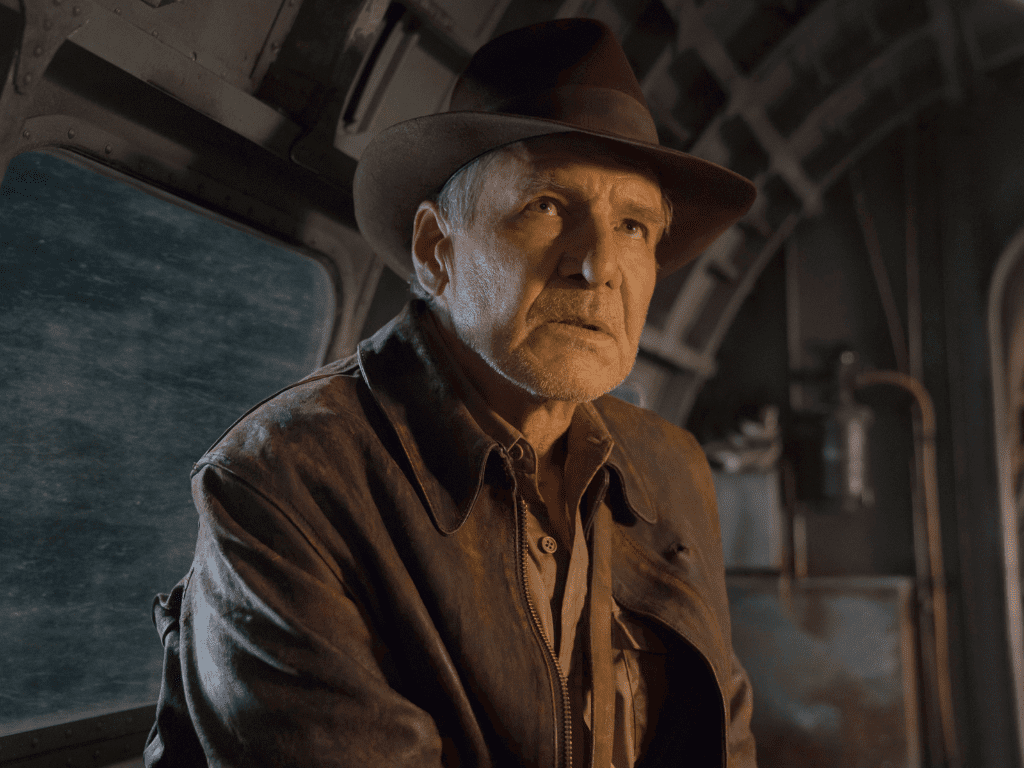
Harrison Ford has revealed how the tone of Indiana Jones and the Dial of Destiny will differ from the past films, while still promising lots of thrilling old-school action to come. The next action-adventure film, directed by Logan’s James Mangold, will see Indiana’s goddaughter Helena pull him into a new adventure to thwart former Nazis working on NASA’s moon-landing program who are looking for the eponymous enigmatic item.
Ford will be joined in the cast of Indiana Jones and the Dial of Destiny by John Rhys-Davies, who will reprise his role as Sallah, as well as Phoebe Waller-Bridge, Mads Mikkelsen, Boyd Holbrook, Antonio Banderas, Shaunette Renée Wilson, Thomas Kretschmann, and Toby Jones, who will be making their franchise debuts.
Harrison Ford recently gave The Hollywood Reporter an interview on his recent comeback and shared some insight into the much anticipated Indiana Jones and the Dial of Destiny. Ford emphasized that spectators would see the titular explorer in “a logical place” in his life and commended Mangold’s script and direction for the plot when asked how the film’s tone will compare to earlier installments in the franchise. Check out what Ford said below:
What I love is that we’re meeting him at a different point in his life to where we’ve seen him in these other films. It’s a logical place for him to be at this stage, considering his behavior and what he spent his time doing. It’s a very interesting script Jim came up with.
The Evolution Of Indiana Jones’ Tone In Past Movies Explained
The Indiana Jones series was started by Star Wars’ George Lucas in an effort to revive the cinema serial adventures of the 1930s and 1940s, and each entry has mostly maintained the same level of eager excitement. But since the popularity of Raiders of the Lost Ark, each sequel has undergone small tweaks that make them seem completely distinct from one another.
The original movie is most recognized for its unique blending of humorous adventure and heavier subject matter, which includes the well-known scene of melting faces at the opening of the Ark of the Covenant.
The 1984 prequel Indiana Jones and the Temple of Doom, which was its immediate successor, notably divided audiences with its attempt at a similar balance of dark and light in its tonal approach. However, the excessively shrill Willie Scott, portrayed by Kate Capshaw, who would later marry director Steven Spielberg, and the more intense brutality associated with the Thuggee sect.
Intriguingly, within two months of Indiana Jones and the Temple of Doom’s debut, the PG-13 classification would be popularized thanks to the outrage over the film’s darker content and that of Gremlins, another 1984 movie.
Both Indiana Jones and The Last Crusade and The Kingdom of the Crystal Skull would put an end to these tone criticisms; the first was widely regarded as the brightest in the franchise, while the latter featured a similarly bright tone, despite its contentious alien revelation.
Ford doesn’t define how Indiana Jones and the Dial of Destiny compare in tone to its predecessors, but recent previews and his faith in the writing by Mangold, Jez, and John-Henry have hinted at an enduring adventure. As the movie rolls into cinemas on June 30, the wait for Ford’s last adventure in the franchise is almost over.
